Forget fierce lions and stampeding Cape Buffalo. It seems the greatest dangers posed by a holiday in South Africa are gout and alcohol poisoning.When I began planning a two-week tour around the country, I had no idea I would be greeted by such an abundance of vittles and vino, as my lack of elastic-waist trousers attests. From the Winelands to Cape Town to Kruger National Park, I find myself gorging on high-quality, even haute cuisine, washed down with mouth-watering (and often surprisingly affordable) vintages.
Just outside of Cape Town, more than 150 wine makers are strung along the Stellenbosch Wine Routes amid a patchwork of mountains and valleys stitched together by tidy rows of grapes. Tasting rooms range from modern architectural showcases like Delaire Graff Estate, where I’m besotted by the Botsmaskop Bordeaux-style blend, to the much earthier Muratie, which reminds me of a Wild West saloon, where ancient spider webs cling to dimly lit corners. It’s worth hitting the brakes to soak in the moody atmosphere and to sample the chocolate-and-port pairings. Carrying on past the temptations of Stellenbosch, I make my way to Franschhoek, dubbed “The Gourmet Capital of South Africa,” thanks in part to the talents of Margot Janse.
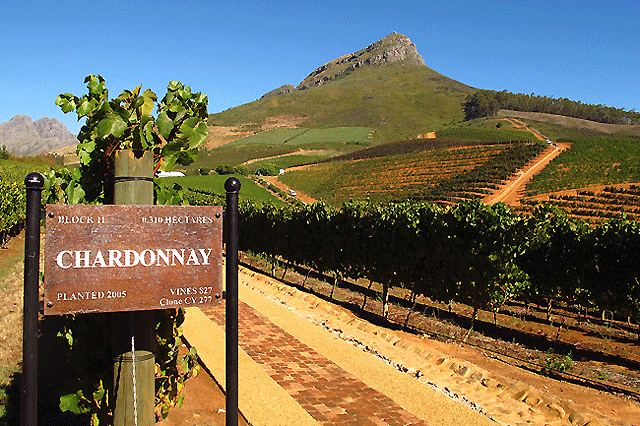
The Dutch-born chef, who moved to South Africa in the early 1990s, heads the kitchen at The Tasting Room at Le Quartier Francais, a Relais & Chateaux boutique hotel in the heart of town.The majority of Janse’s staff is local, and so are her ingredients. “This country went through a period where there was a real lack of pride. As long as it was not South African, it was considered ‘better,'” she says. “We have shaken that.”
Slowly, the pride is coming back. “Eighty percent of the people eating here come from elsewhere, and they want to experience Africa,” she continues. “You don’t come here to drink French wine, so why eat French food?”Janse is renowned for her creative plating, serving up dishes like squid ink cigars, chili and pepper “lollipops,” and “cornflakes” made out of vegetables.
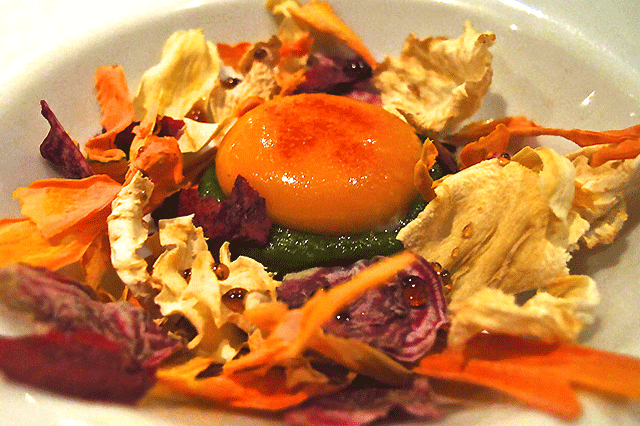
Her innovative approach has landed her on the list of Relais & Chateaux Grande Chefs, and The Tasting Room reeled in San Pellegrino’s World’s Best Restaurant Award for 2013 and 2014.“I want to do ‘wow,’” Janse says. “If it’s ‘lovely,’ I will forget it tomorrow. For me, the test is, what do I remember next week, or next year?”Reuben Riffel, another up-and-coming young chef, has made his name with a quartet of Reuben’s restaurants around South Africa, including locations in Franschhoek and at the One&Only Cape Town.
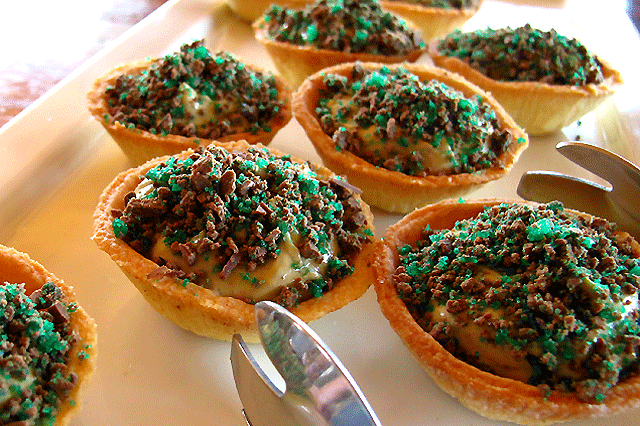
This luxury resort’s other main restaurant is Nobu, which gives you an idea of Riffel’s reputation in South Africa. Chef Maritz Jacobs, who has worked with both Janse and Riffel, find they cater to different tastes. “Margot is amazing; her food is constantly evolving. She’s a niche market, for people who want to eat at that level,” he says. With Riffel, it’s all about “big flavours and generosity with portion size—value for money. In South Africa, we’ve got a reputation for big eating,” Jacobs explain.
He isn’t joking. When my friend orders the “Crunchy Confit of Eisbein” at Rueben’s One&Only Cape Town, the ham hock that arrives is roughly the size of a human head. Her jaw drops just enough that she can almost manage half of it.No one leaves hungry—or thirsty, thanks to the efforts of the sommelier, who constantly refills our glasses with wine from a selection of 5,000 bottles displayed behind three-story-tall windows.“Break glass in case of emergency?” I jest. “It’s always ‘thirst-day’ in South Africa,” he replies with an obliging smile and a tip of the bottle.
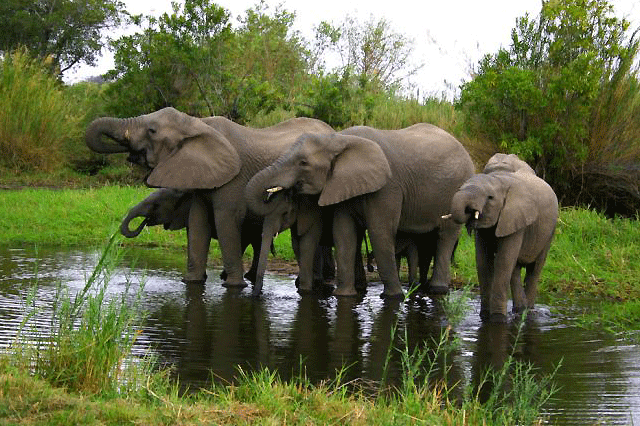
Even a trip to the bush can prove to be as much of a gastronomic journey as an off-road safari adventure, as I discover when I book three nights at the all-inclusive Singita Lebombo Lodge in Kruger National Park. The posh accommodations encompass just fifteen suites, each a sleek glass cube sheltered with reeds for privacy and connected by wooden walkways to the main lodge, where meals are served. Given the luxe lodgings, I knew I wouldn’t be noshing on peanut butter and jelly sandwiches.
However, I hadn’t expected that in addition to dinnertime offerings like springbok loin with rosemary gnocchi, guests would feast like kings even on photography game drives. We’re miles from civilisation in the middle of the bush, but dried sausage, bacon-wrapped prunes, BBQ chicken wings, and wildebeest biltong (thinly sliced, spicy dried fillet) are graciously presented on a colourful tablecloth and washed down with enough champagne and cocktails to topple the herds of elephants we’ve been eyeing. Singita is also contributing to South Africa’s gastronomic scene–and providing opportunities for locals–through the Singita School of Cooking.

Located about half an hour outside Singita Lebombo Lodge, the school recruits men and women between the ages of 18 and 27 for an 18-month training course. While students begin their careers cooking for the staff at Singita, many of these young folks have set themselves much higher goals. “I’d like to see my name on a list of the top ten chefs in the world,” says Hitlers Mnisi. “And I’d like to have my own cooking programme on TV. ”Why not? With such bounty stretching out beneath an infinite African sky, there’s room for plenty more culinary stars in the firmament.

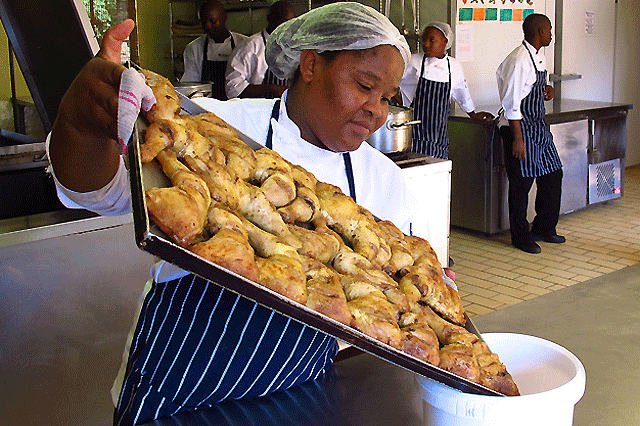
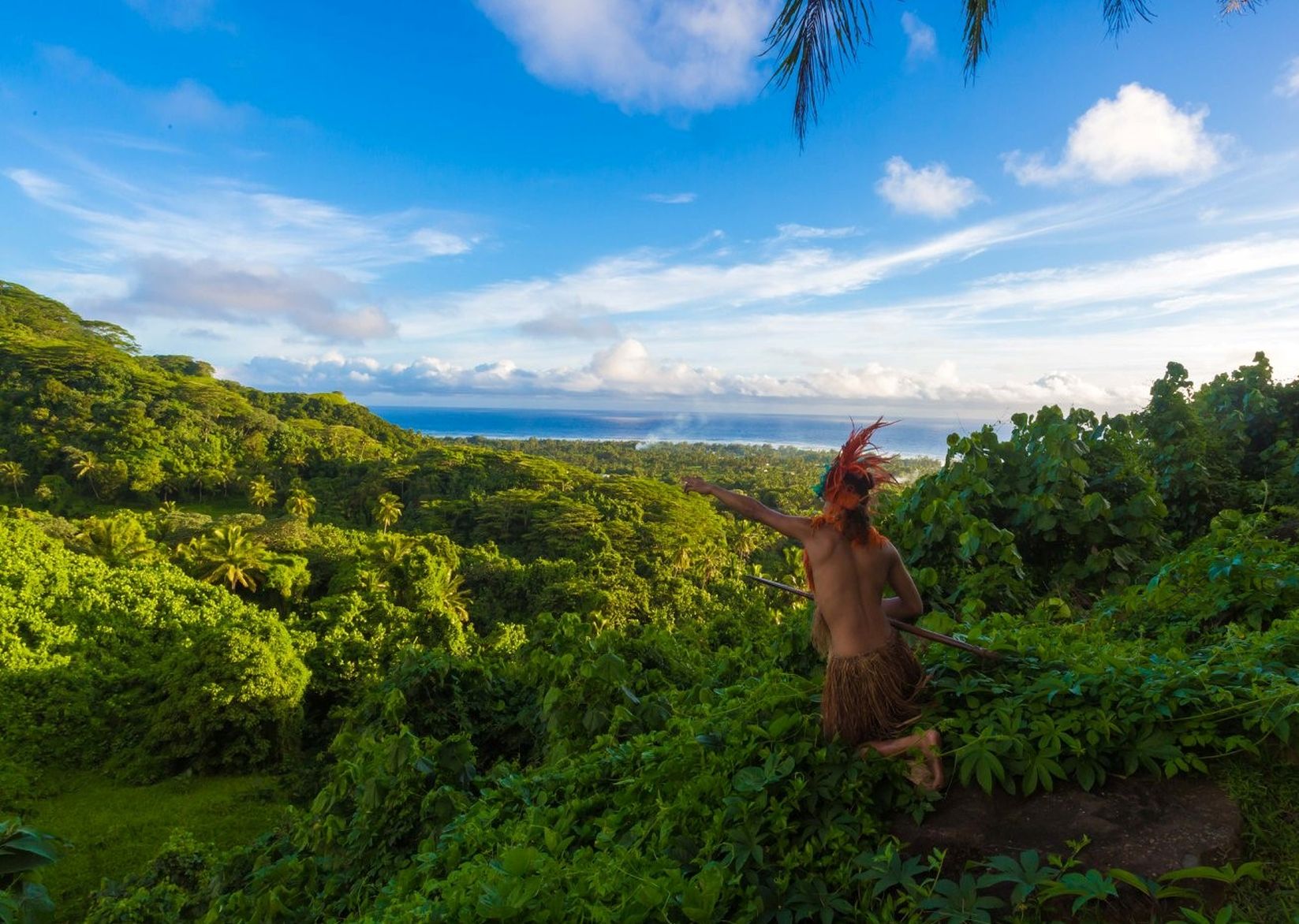
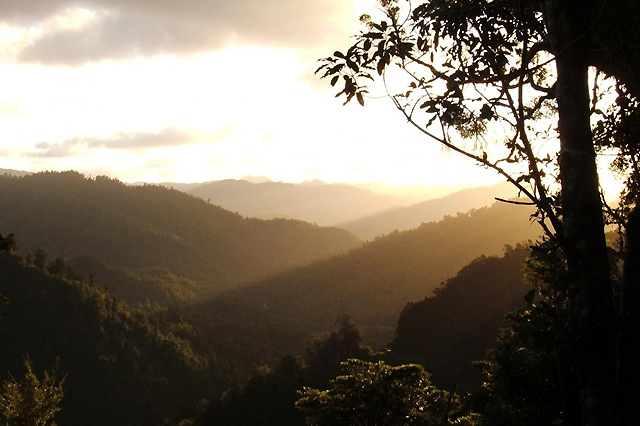
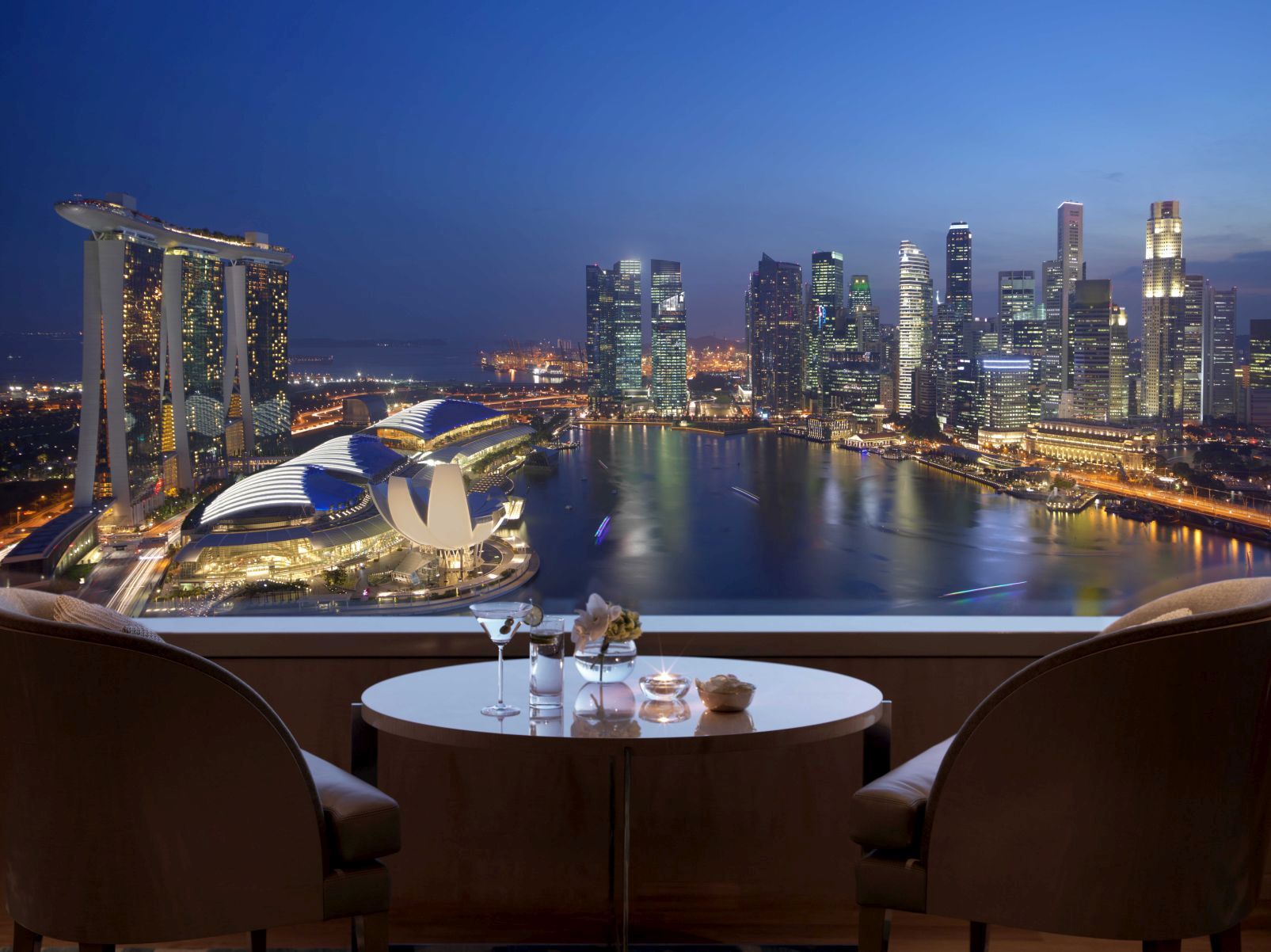
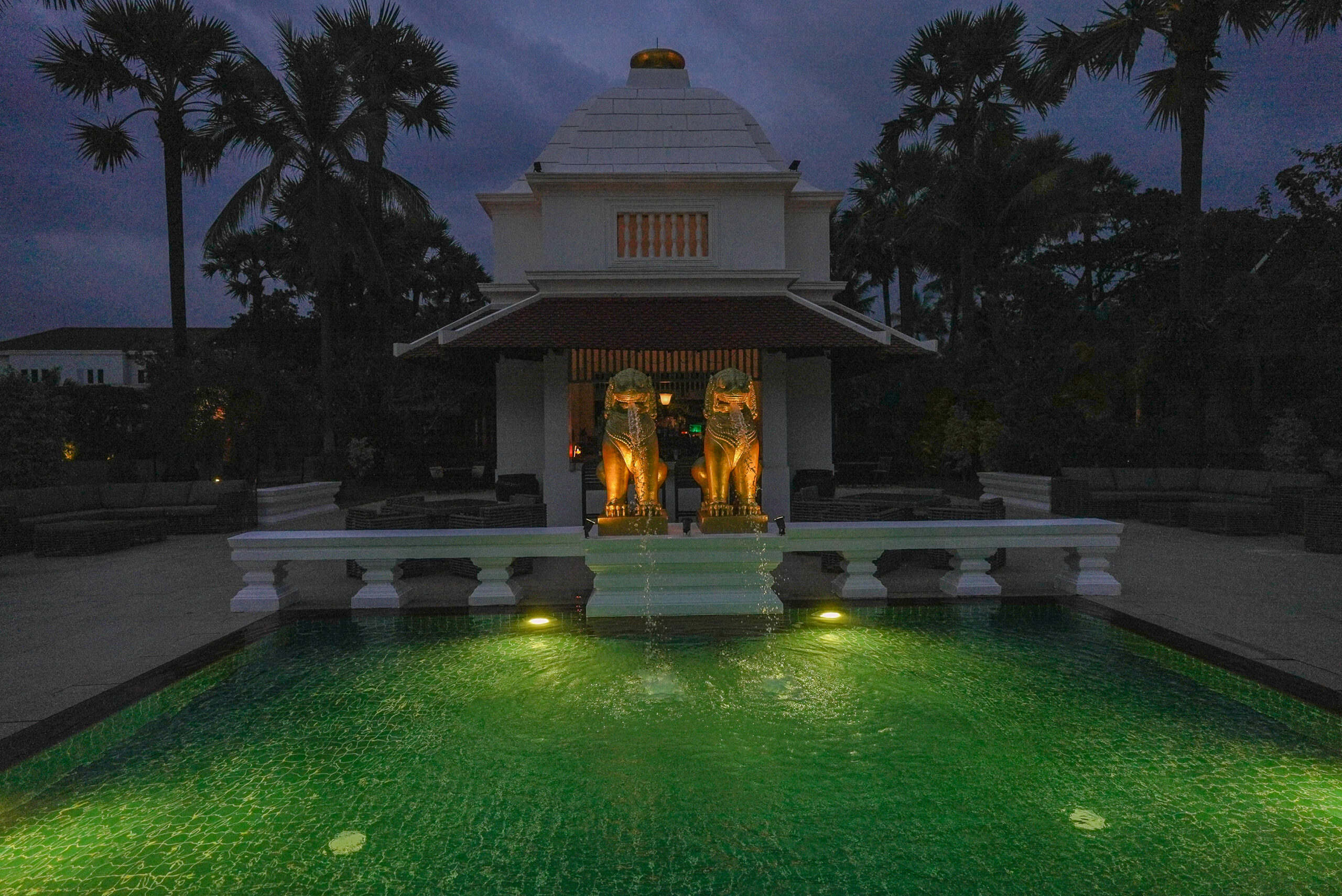
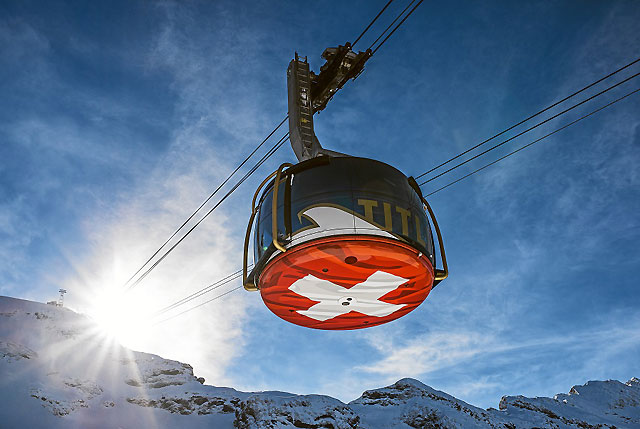
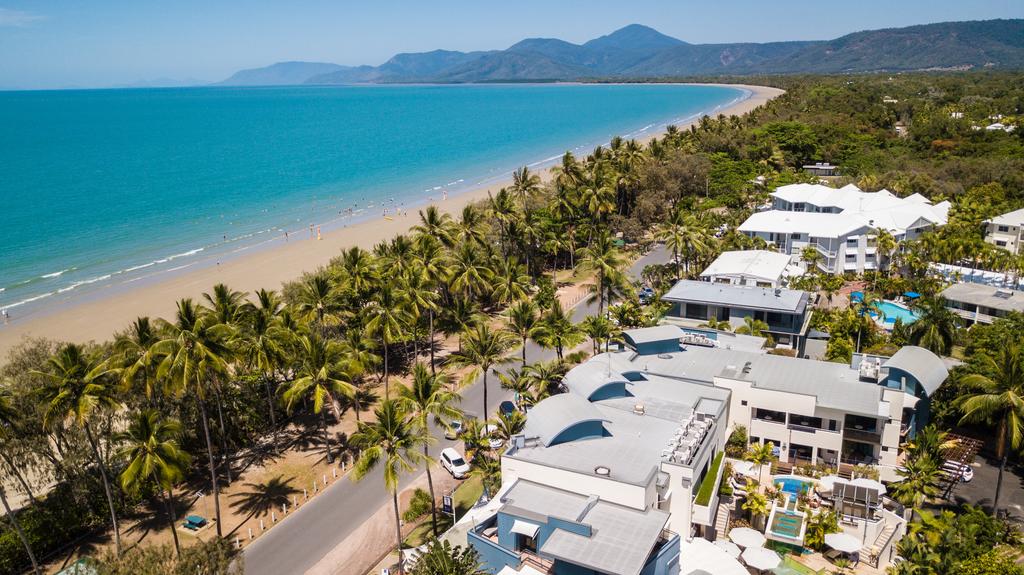
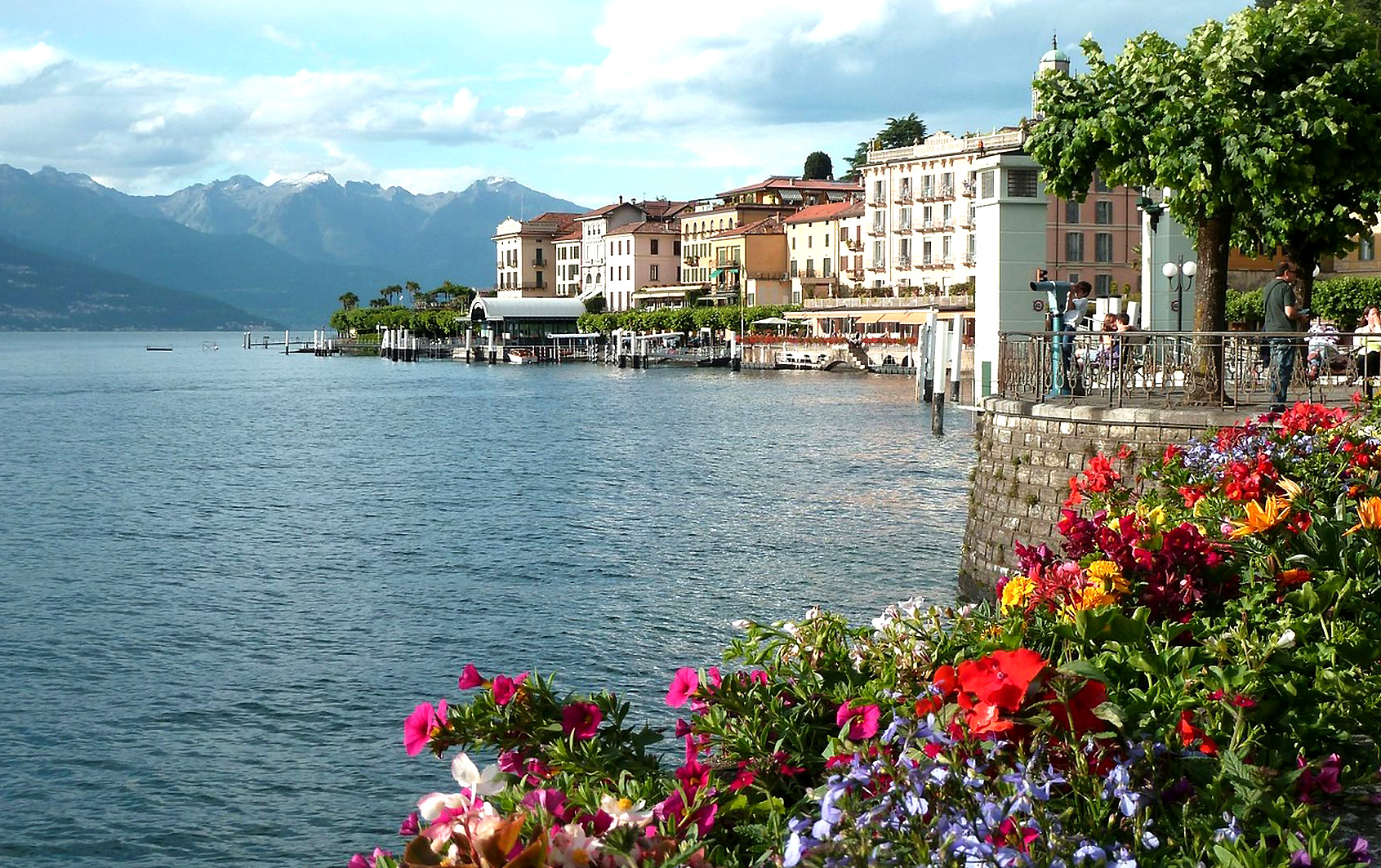




Recent Comments